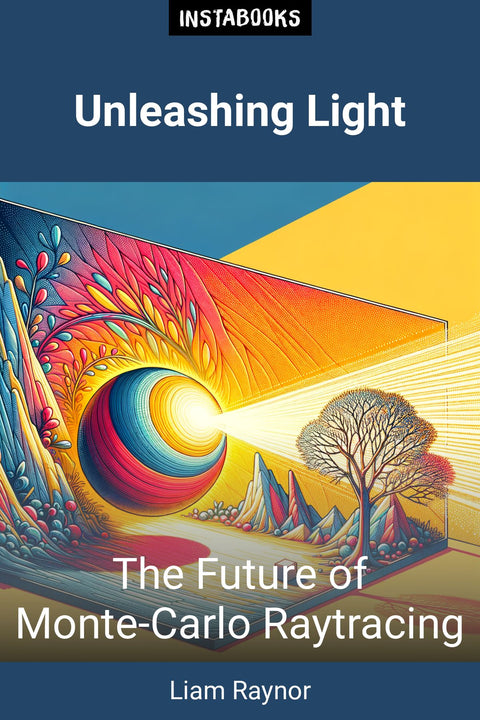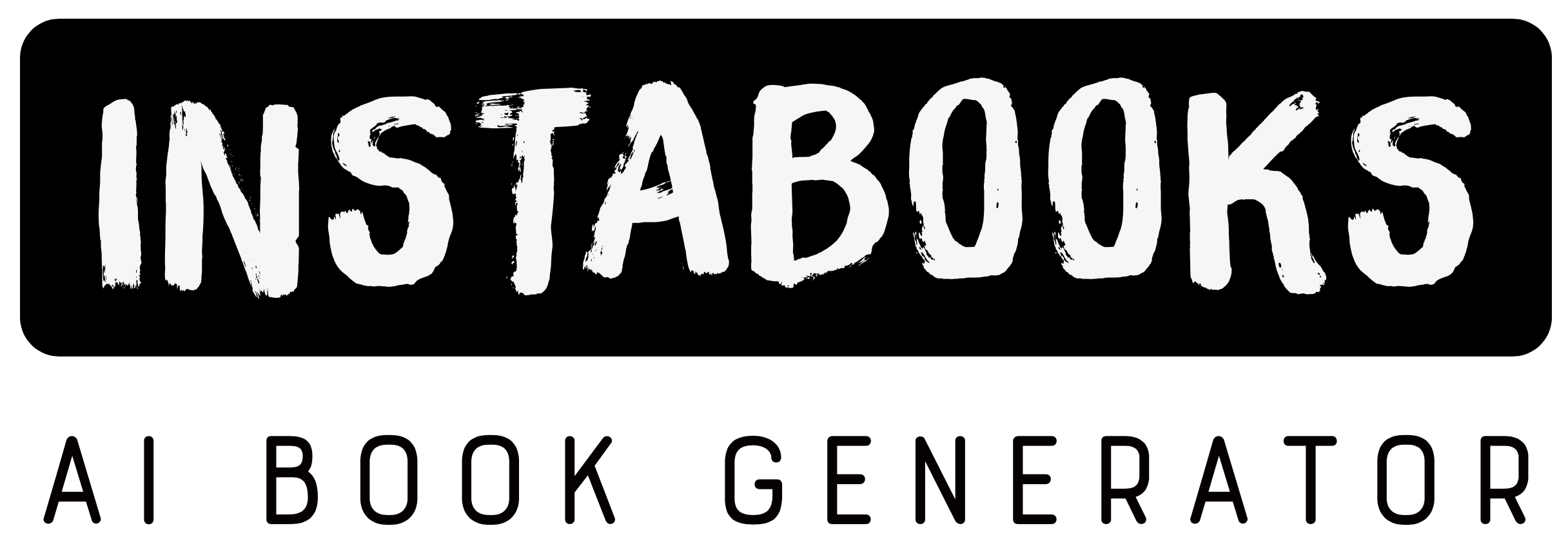
Unleashing Light
The Future of Monte-Carlo Raytracing
Included:
✓ 200+ Page AI-Generated Book
✓ ePub eBook File — read on Kindle & Apple Books
✓ PDF Print File (Easy Printing)
✓ Word DOCX File (Easy Editing)
✓ Hi-Res Print-Ready Book Cover (No Logo Watermark)
✓ Full Commercial Use Rights — keep 100% of royalties
✓ Publish under your own Author Name
✓ Sell on Amazon KDP, IngramSpark, Lulu, Blurb & Gumroad to millions of readers worldwide
Embark on a Journey Through Advanced Raytracing Techniques
Discover the cutting-edge world of Monte-Carlo raytracing tailored for glTF scenes through the power of the WebGPU API. This book isn't just an exploration; it's a deep dive into the innovations and methodologies that are reshaping graphics rendering today. You'll find detailed insights into manual ray-scene intersections, a crucial technique enabling greater control and precision in visual fidelity.
Manual Ray-Scene Intersections: A Game-Changer
One of the hallmark features of the latest raytracer is its ability to implement manual ray-scene intersections without relying on NVIDIA's RTX technology. This allows developers to sculpt their scenes with an unprecedented level of customization, fostering a more engaging and immersive experience for end-users.
Mastering Materials and Textures
This raytracing project supports various materials and textures, including material and normal mapping. By understanding how to leverage these features, readers can take their graphic designs to the next level. Achieve high visual fidelity and depth in 3D rendering, elevating your projects far beyond ordinary outputs.
Performance Improvements with Multiple Importance Sampling
Gain insights into multiple importance sampling techniques that accelerate convergence times. We delve into the science behind efficient sampling of light sources, which is pivotal for performance optimization. Readers will learn how to apply these concepts within their projects for improved rendering times and resource management.
Addressing Design Limitations and Forward-Thinking Discussions
Join the conversation surrounding the limitations of traditional designs, such as the mega-kernel approach. We discuss user reviews and suggestions on how to optimize ray occupancy and address potential issues such as ray origins and self-intersections in graphics programming.
AI's Role in Enhancing Lighting Realism
Delve into the debates on AI's potential in revolutionizing lighting realism for video games. Is AI the future of rendering? This book explores the blurred lines between traditional methods and automated systems, providing a balanced view of the burgeoning realm of AI-generated graphics against established optimization techniques.
Your Invitation to Explore the Future of Graphics Rendering
As we conclude our exploration, the insights and methods detailed in this book are intended to empower developers, graphic artists, and enthusiasts alike. Whether you are looking to innovate or refine your understanding of Monte-Carlo raytracing, you will find this guide invaluable in navigating the complexities and advancements of modern graphics technology.
Table of Contents
1. Introduction to Monte-Carlo Raytracing- Understanding Raytracing Basics
- Importance of Monte-Carlo Techniques
- Introducing the WebGPU API
2. Manual Ray-Scene Intersections
- The Mechanics Behind Ray-Scene Intersections
- Benefits of Manual Control
- Case Studies: Real-World Applications
3. Exploring Materials and Textures
- Material Mapping Techniques
- Normal Mapping Explained
- Texture Application Strategies
4. Performance Optimization with Importance Sampling
- Defining Multiple Importance Sampling
- Pros and Cons of Various Sampling Techniques
- Integrating Sampling with Raytracing
5. Navigating Design Limitations
- The Mega-Kernel Conundrum
- Self-Intersection Issues and Solutions
- User Experiences and Feedback
6. AI and Its Role in Lighting Realism
- AI Basics in Graphics Rendering
- Pros and Cons of AI in Game Design
- Realistic Lighting Effects with AI
7. Technological Advancements in Graphics Rendering
- WebGPU and Its Impact
- Future Trends in Raytracing Technology
- Emerging Tools and 3D Software
8. The Intersection of AI and Traditional Methods
- Evaluating Both Approaches
- Maximizing the Best of Both Worlds
- Future Exploration in Graphics Rendering
9. Reflections on Performance and Optimization
- Understanding Performance Metrics
- Frameworks and APIs for Optimization
- Real-World Examples of Optimization Techniques
10. Creating Realistic Visuals for Games
- Key Factors in Game Graphics
- Balancing Realism and Performance
- User Engagement through Visual Fidelity
11. Looking Ahead: The Future of Raytracing
- Anticipating Industry Trends
- Innovative Practices in Game Development
- Your Next Steps in Learning Raytracing
12. Conclusion and Final Thoughts
- Summarizing Key Learnings
- The Importance of Community Feedback
- Encouragement for Future Projects
Target Audience
This book is intended for developers, graphic artists, and enthusiasts eager to understand and implement Monte-Carlo raytracing techniques for improved graphics rendering.
Key Takeaways
- Understanding the fundamentals of Monte-Carlo raytracing
- Implementing manual ray-scene intersections for better control
- Optimizing performance through multiple importance sampling
- Leveraging AI for enhancing lighting realism in graphics
- Addressing design challenges in raytracing technology
